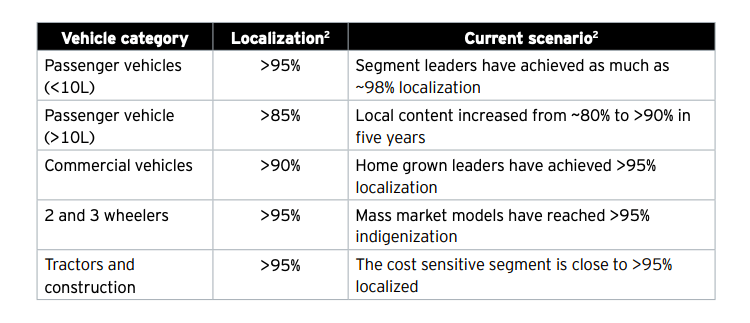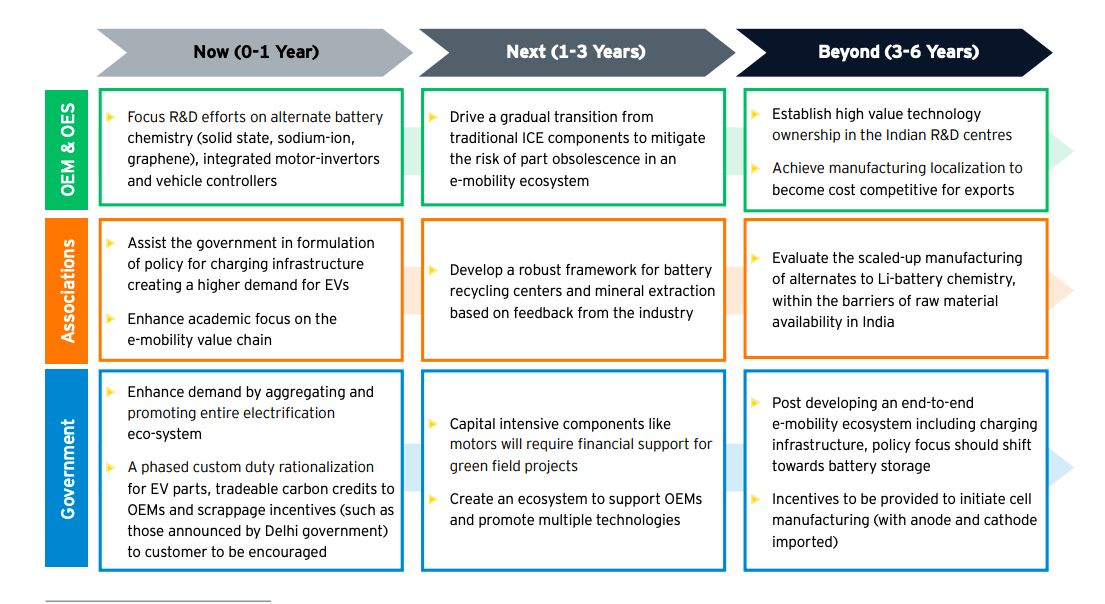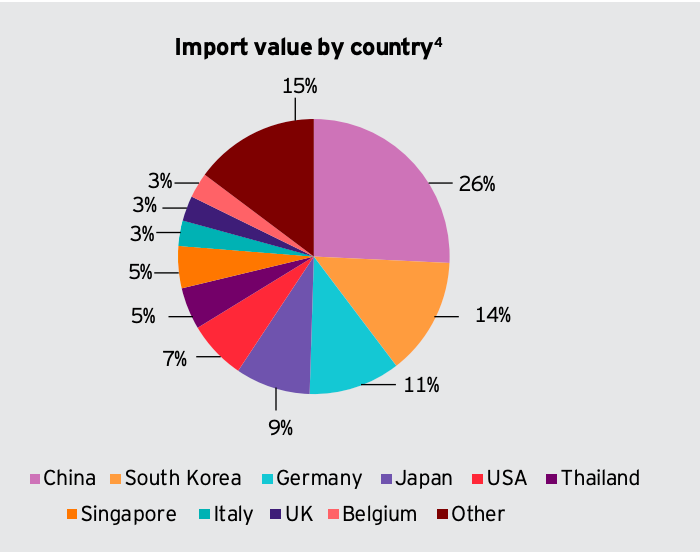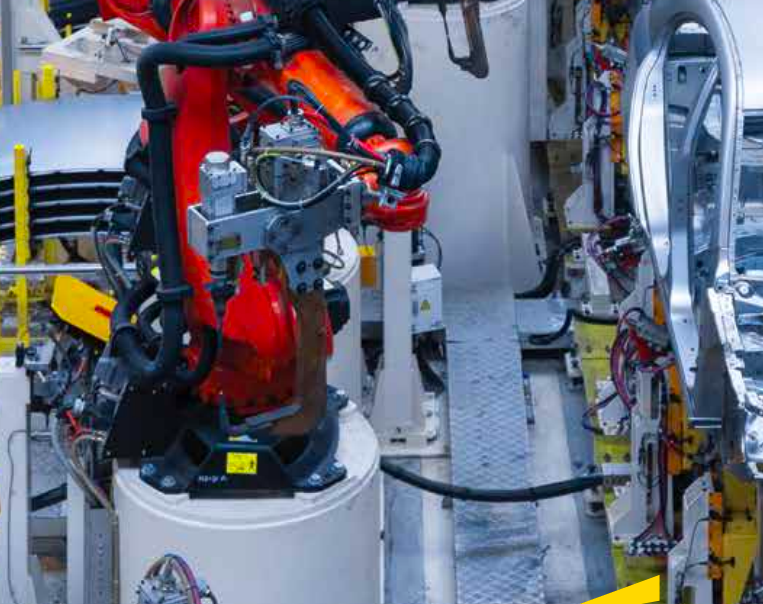- In the last seven to eight years, the Indian auto industry worth over Rs 3 lakh crores generated business of over Rs 30,000 crores annually through import substitution and local manufacturing through initiatives such as Make in India.
- A major potential for import substitution for the industry lies in availability of raw material and technology/capabilities constraints for certain high precision components and economies of scale
- With technological advancements and disruptions in the mobility ecosystem due to introduction of stricter emission norms, regulatory measures on vehicle safety and the push towards e-mobility, concerted efforts would be required from all the stakeholders to develop a roadmap to increase localisation of components under the newly launched ‘Atma Nirbhar’ Initiative of Government of India
New Delhi, NFAPost. According to an EY India report titled, “‘Atma Nirbhar’- The Roadmap to Increase Localization and Harnessing Export Potential of the Indian Auto Industry” exports and a focus on the domestic market comprise major potential opportunity areas for the Indian auto industry.
During these times, capabilities to enhance localisation would be driven by what kind of volumes the Indian auto industry is able to operate on, according to the report. The report highlights current level of direct and indirect localization, drivers which lead to import such as capabilities and technology constraints, and way forward for the industry emphasizing concerted efforts required from all stakeholders for the industry to become ‘Atma Nirbhar’.
The four focus areas for the industry which can be taken up on priority for increasing the localization content are- manufacturing ecosystem for electrification, automotive electronic components, automotive steel and automotive tires.

EY India Partner and Automotive Sector Leader Vinay Raghunath said with the rapidly evolving mobility ecosystem, stringent emission norms, higher focus on safety and vehicle connectivity and the push towards e-mobility, the import gap is likely to further increase in the short term.
“However, with concerted efforts from all ecosystem players, strong foundations can be laid to offset this in the future,” said EY India Partner and Automotive Sector Leader Vinay Raghunath.
In the past, the Indian auto industry has worked on initiatives taken by the government such as Make in India to improve localization (e.g. achieving up to 95 % localisation in sub Rs 10 lakhs passenger vehicle category).
But recent technological advancement and government legislations such as emission norms, enhanced safety norms and adoption of cleaner fuels could lead to increase in imports due to unavailability of certain raw materials, technology and capability constraints and economies of scale challenges.

Road map for localisation
The imports of raw material and components by Indian auto component manufacturers amounted to US$ 15.4 billion in FY20. Even local raw material suppliers of steel, copper, engineered plastics etc. have an import component in the form of their manufacturing input due constraints such as unavailability, inadequate quality, and dependence on other industries.

EY India Automotive Partner Som Kapoor said in order to re-align and mitigate the risks of global supply-chain fluctuations, additional reinforcements and incentives should be considered by the government working hand-in hand with industry associations to ensure higher levels of localization for India, to become export competitive.
“Different component categories have different challenges which lead to import. For example, processors for automotive electronics are almost 100% imported due to lack of wafer fabrication centers in India which require high capital investment (~$ 5 billion),” said EY India Automotive Partner Som Kapoor.

Need of the hour is to identify challenges faced by the industry and develop a short, mid and long-term road map for each stakeholder to tackle those challenges. For instance, OEMs & OESs can look at long term capability development of technology and manpower or collaborate for co-development of technologies with other ecosystem players. Industry associations can help in demand aggregation of specific components.
For example, they can develop a framework between component manufacturers and OEMs with steady demand focus in mind. At the same time, the government can create policies and incentives for the industry such as incentives for R&D and investment in export quality manufacturing and also plug the gap in infrastructure requirement.
Harnessing export potential
The overall volume of the industry has a big role to play in localization as it would translate into demand and economies of scale for the manufacturers. While India produced just above 30 million vehicles in 2018-19, the industry went down by about 18% in 2019-20.
The industry seems to be far away from the Automotive Mission Plan (AMP) where it is estimated that country would manufacture about 66 million vehicles by 2026. Furthermore, auto export as a share of total exports stands at 4.3% which is way lower than Thailand (10%), Germany (13%), Korea (13%) and Japan (22%).
India has huge potential for export which can help the industry to drive up volumes. Made in India automobiles should be established as sought-after products in international markets. The Government of India along with auto and the component industry should consider joint initiatives in potential export regions.





